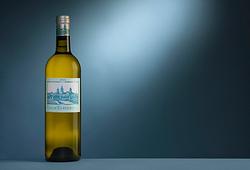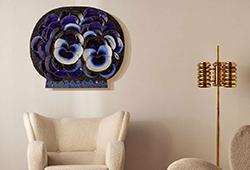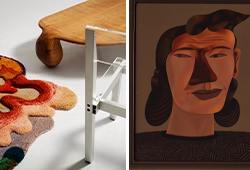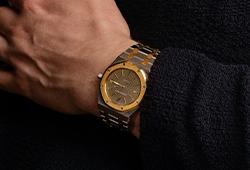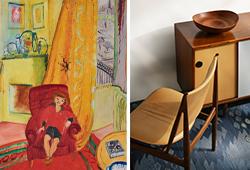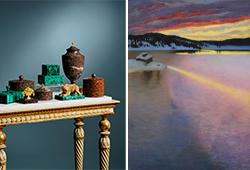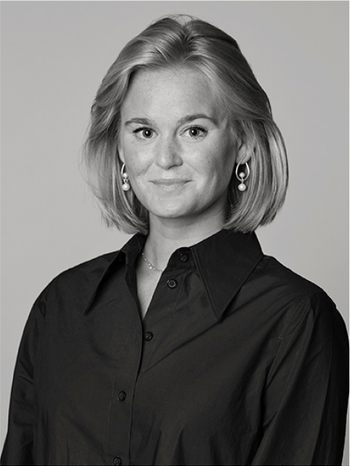Harry Booström
Harry Booström, "Fantasilandskap"
Signed and dated -62. Panel 61 x 82 cm.
More information
Harry Broström upptäcktes av en verklig legend inom Stockholms konstliv 1948. Detta år debuterade nämligen Harry Booström i Stockholm på Agnes Widlunds galleri, ”Konstsalongen Samlaren” på Birger Jarlsgatan 1.
Agnes Widlund (1910-2005) kom som avantgarde-gallerist att skriva in sig i historieböckerna och visade 1943-1977 konst av bl.a Carl Kylberg, Helmer Osslund, Lage Lindell, Harry Booström och Olle Baertling samt internationella storheter som bl.a Picasso, Matisse, Chagall, Paul Klee och Henry Moore. Omtalade konstsamlaren Theodor (Teto) Ahrenberg skapade med Agnes Widlunds hjälp en konstsamling i världsklass. Där ingick bland annat Henri Matisses collage Apollon som idag finns på Moderna Museet.
Sin konstnärliga utbildning fick Harry Booström bl.a vid Isaac Grünewalds målarskola under åren 1941-45. Därefter gjorde Harry Booström ett flertal studieresor till bland annat Frankrike och Paris. Harry Booström deltog genom åren i en rad uppmärksammade utställningar bl a Høstudstillingen/Den Frie Udstilling i Köpenhamn, Espace, Stockholm, Réalités Nouvelles, Paris, och Stockholmskonkretisterna i Halmstad. Harry Booström var medlem av den internationella Groupe Espace som verkade för ett utvidgat samarbete mellan konstnär och arkitekt.
Harry Booström är representerad vid ett flertal konstmuseer i Sverige. Moderna Museet i Stockholm äger sju verk av Harry Booström.
Artist
The artist Harry Booström (1917-1996) is often proclaimed to have been a dreamer and concretist. His artistic studies were conducted at Edward Berggren's and Isaac Grünewald's painting schools from 1941 to 1945. Booström was a contemporary of the "1947 års män" group and, like them, was inspired by the early concrete tradition.
After his studies Booström travelled to Denmark, where he resided for a period, yet still made time to travel to Holland and France. In 1948 Booström moved to Stockholm but spent the summer months on the island of Gotland, where he had spent his youth. The nature there was of great inspiration Transitioning from abstract style in the 1950s, he moved towards a purely non-representational, concrete art with geometric basic forms. In the interplay between form and color, warm and cold tones, he achieved both dynamism and movement in his compositions.
Harry Booström had his debut in 1948 at Samlaren where throught his years he took part in several highly important exhibitions such as a Høstudstillingen / Den Frie Udstilling, Copenhagen, Espace, Stockholm, Réalités Nouvelles, Paris, and Stockholmskonkretisterna, Halmstad. Booström was also an active member in the international Groupe Espace, which advocated for expanded collaboration between artists and architects. Together with the architect Bertil Ahlqvist, Booström decided upon the colour of row houses in Visby.




